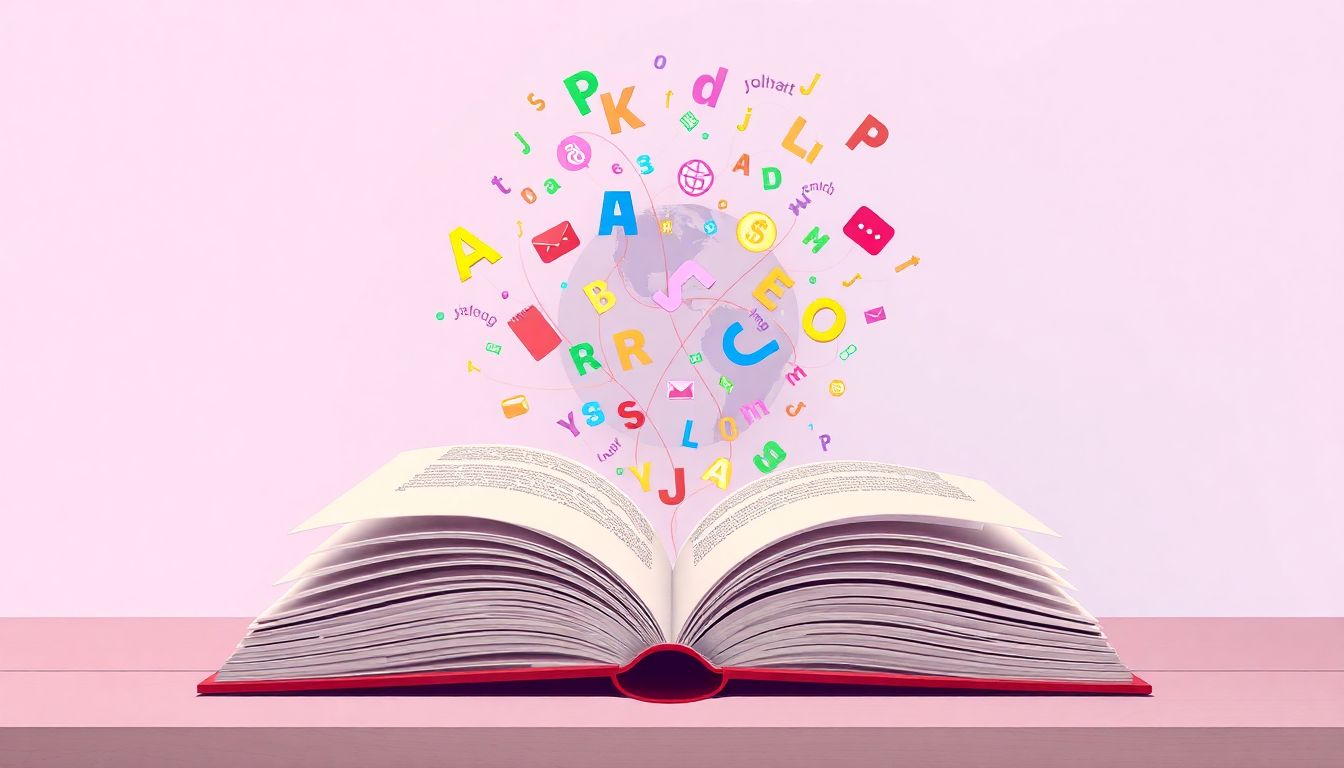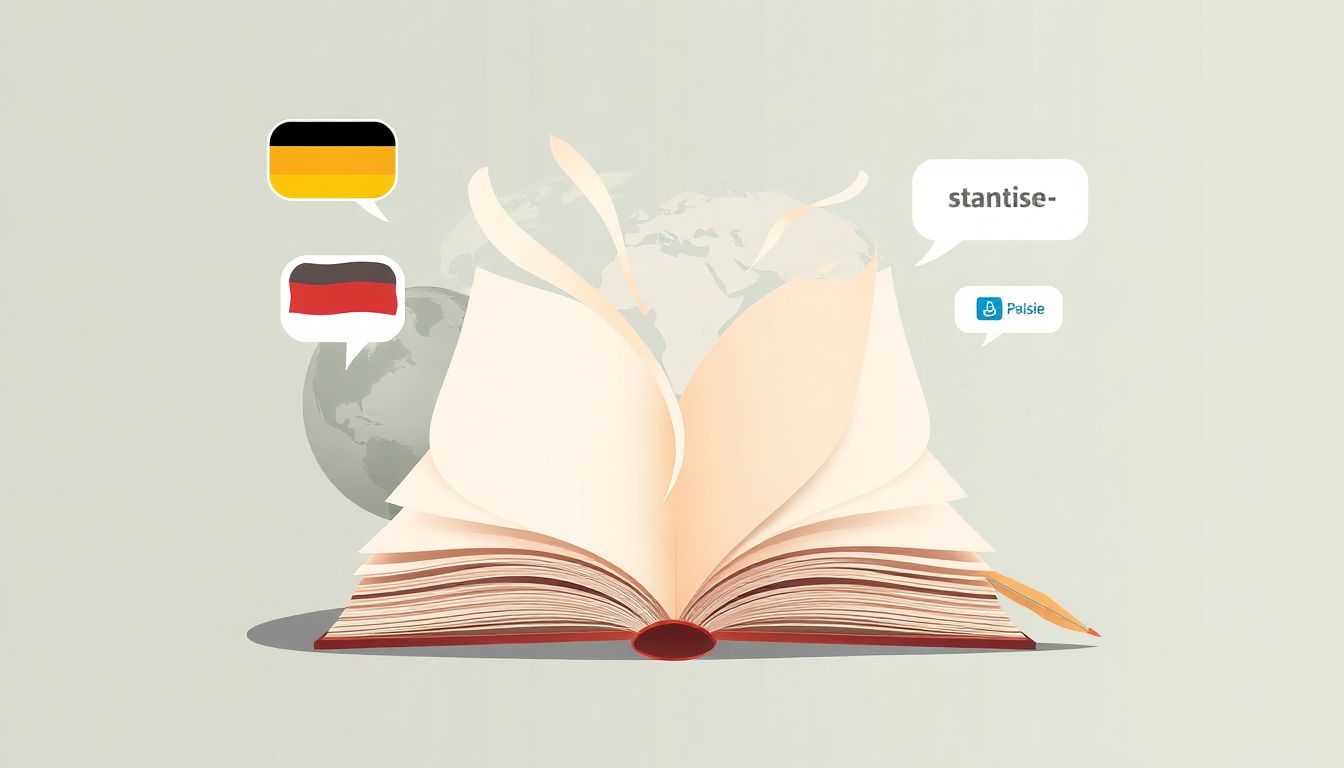If you’ve ever struggled with language translation or localization, you’re not alone. Many people find that conveying the right message in another language can be daunting, and getting it wrong can lead to misunderstandings. The good news is that AI is here to help!
Stick around, and you’ll discover how ChatGPT can take the hassle out of translation and localization. Whether you’re a business owner wanting to reach a wider audience or just someone curious about languages, this guide will offer you practical insights and tips.
From effective prompts for translation to best practices for localization, we’ll cover everything you need to know to make the most of ChatGPT in your language projects. Let’s dive in and unlock the power of AI together!
Key Takeaways
- Use specific prompts in ChatGPT for more accurate translations and cultural context.
- Define your target audience and cultural nuances before localizing content.
- Common prompts can help with everyday translations, streamlining communication.
- Follow a structured guide for localization projects to ensure effective outcomes.
- Provide context with your prompts and segment longer texts for better translations.
- Incorporate feedback and always proofread the final translations for accuracy.
- ChatGPT speeds up translations, reduces costs, and handles various languages efficiently.
- Utilize multiple translations from ChatGPT to enhance the quality of your content.

ChatGPT Prompts for Effective Language Translation
To get the most out of ChatGPT for language translation, utilizing specific prompts can make a significant difference in accuracy and context.
Here are some effective prompts you can use:
- Translate the following text from English to Spanish: “Welcome to our store, we are happy to assist you.”
- Provide a French translation for this sentence: “Can you help me find the nearest subway station?”
- Rewrite the text in Japanese with formal politeness: “Thank you for your understanding.”
- Translate and localize this marketing slogan into German: “Quality you can trust.” Include cultural references if applicable.
- Translate this technical document from English to Chinese, ensuring industry-specific terminology is correct.
Using these prompts will help streamline the translation process, making it more efficient and accurate.
How to Use ChatGPT for Accurate Localization Strategies
Using ChatGPT for localization means adapting your message to resonate with different cultural audiences.
Start by clarifying your target demographic and their specific cultural nuances.
Then, you can approach ChatGPT with tailored prompts. For example:
- What are key cultural considerations for localizing a product description for a Japanese audience?
- Adjust the following content for a Brazilian audience: “Experience the pinnacle of luxury in your travels.”
- Provide feedback on how to adapt this marketing email for a French-speaking audience, ensuring no cultural faux pas are committed.
These prompts help target local needs effectively, ensuring your localization strategies are spot on.
Common Language Translation Prompts for ChatGPT
When diving into language translation, certain prompts come in handy more often than others.
Here are a few common prompts you might use:
- Translate: “I would like to order a coffee, please” to Italian.
- Convert the following phrase to Russian: “Let’s meet at the park at 3 PM.”
- Translate and localize this website title into Arabic: “Best Travel Guides” (consider regional dialects).
- Provide a Hindi version of this announcement: “The event has been postponed to next week.”
- How would you explain the following idiom in Mandarin: “Break the ice”?
These prompts cover everyday translations and help streamline ongoing communication across different languages.
Step-by-Step Guide to Language Localization with ChatGPT
Embarking on a localization project with ChatGPT can be straightforward when you follow a structured approach.
Here’s a step-by-step guide to assist you:
- Define the target audience and specific cultural contexts.
- Draft the content that needs localization and prepare it for translation.
- Use specific prompts designed for localization, such as: “Adapt this blog post for a South Korean audience with a focus on their tech-savvy culture.”
- Review the translated content for accuracy and relevance to ensure cultural alignment.
- Test the localized content with native speakers when possible to gather feedback.
Following this guide will enhance the effectiveness of your localization efforts through ChatGPT.

Best Practices for Using ChatGPT in Translation Projects
When using ChatGPT for translation projects, adhering to best practices can significantly impact the outcome’s accuracy and effectiveness.
Start by providing context with your prompts. For example:
- Translate this paragraph (insert source text) into Spanish, considering the formal tone suitable for business communication.
- What are some idiomatic expressions in German that would convey the same meaning as this phrase: “Time is money”?
Consider segmenting longer texts into shorter chunks. This approach allows for more precise translations and better understanding.
Incorporate iterative feedback. For instance:
- Translate the following text and suggest a more natural phrasing if required: “We are excited to announce the launch of our new product.”
- Review this translation for accuracy and make any suggestions for improvement: (insert translated text).
Finally, always proofread the final output to ensure it aligns with the intended message. Use a straightforward prompt like:
- Provide a final review of this translation to ensure it is culturally relevant and maintains the original intent.
Implementing these best practices will enhance the reliability of your translation efforts with ChatGPT.
Examples of Translation and Localization Prompts for ChatGPT
To maximize the use of ChatGPT in translation and localization, employing tailored prompts can streamline your workflows.
Here are some practical examples you can use directly:
- Translate this product listing into French: “High-quality leather shoes available in various styles.” Ensure to reflect the elegant tone of French fashion.
- Localize this promotional text for an Indian audience: “Join us for our exclusive winter sale.”
- Translate the following customer service FAQ into Dutch and adapt it for local slang: “What is your return policy?”
- Convert this social media caption into Turkish: “Share your favorite travel memory with us!” Make it engaging for a local audience.
- Explain this legal term in simplified English: “Force Majeure” for a non-native speaker in Germany.
These examples not only cover translation but also ensure that localization meets cultural expectations, making your content more relatable to the audience.
Benefits of Using ChatGPT for Language Translation and Localization
ChatGPT offers numerous benefits when utilized for language translation and localization, leading to improved communication.
One major advantage is speed. Using prompts like:
- Translate the following text to Russian: “Welcome to our online platform, where everything is just a click away!”
allows for rapid translations of large volumes of content.
Another benefit is cost-effectiveness. Instead of hiring multiple translators, leveraging ChatGPT for preliminary translations can significantly reduce expenses.
Furthermore, ChatGPT can handle a variety of languages and dialects. Use prompts like:
- Translate and localize this blog post title for a Chinese audience: “Top 10 Tips for Digital Marketing Success.”
This versatility makes it a valuable tool in global projects.
Finally, the ability to generate and compare multiple translations enhances quality. Use commands like:
- Provide three variations of this text in French: “We strive for excellence in our services.”
These benefits collectively elevate your translation and localization projects, delivering results that resonate with diverse audiences.

Limitations of ChatGPT in Language Translation
While ChatGPT is a powerful tool for language translation, it does have its limitations.
One major limitation is that it may struggle with slang or idiomatic expressions that deviate from standard language rules.
For clarity, prompt the model with something specific like:
- Explain the meaning of the idiom “spill the beans” in Japanese.
Another drawback is that context and nuance can sometimes be lost, especially in longer texts.
To address this, use a prompt such as:
- Translate the following passage into French while preserving the emotional tone.
Additionally, ChatGPT might not always be up to date with the latest linguistic trends or cultural references.
For example:
- What are some recent popular phrases used in American English that might not be well-known globally?
Understanding these limitations lets you use ChatGPT more effectively while making necessary adjustments when needed.
Tips for Improving Translation Quality with ChatGPT
Improving translation quality with ChatGPT involves a few strategic approaches.
Firstly, always provide clear context in your prompts to enable more accurate translations.
For instance:
- Translate the following feedback for a customer service inquiry into Spanish, maintaining a professional tone.
Secondly, break longer texts into smaller segments, which allows ChatGPT to focus better on each section.
To facilitate this, you could prompt with:
- Translate this paragraph into German one by one, focusing only on one idea per prompt.
Another effective tip is to request multiple output variations for the same text.
Try asking:
- Give me three different ways to express this feedback in Italian: “We’re sorry for the inconvenience.”
Lastly, engage with native speakers to review the translations and provide feedback for improvements.
Encourage them to look for cultural appropriateness by asking:
- Is this Japanese translation culturally acceptable for a business setting?
By following these tips, you can maximize ChatGPT’s potential and elevate the quality of your translations.
Real-World Applications of ChatGPT in Translation and Localization
ChatGPT is increasingly being adopted in various real-world applications for translation and localization.
Many businesses use ChatGPT to quickly translate product descriptions across multiple languages.
For instance, a prompt could be:
- Translate our entire product catalog from English to Portuguese, focusing on e-commerce standards.
Additionally, content creators are leveraging ChatGPT to localize blog posts for different cultural audiences.
Consider using a prompt like:
- Adapt this article about health tips for an Indian audience, incorporating local customs and practices.
Moreover, customer support teams utilize ChatGPT to provide immediate assistance in various languages.
For example:
- Translate and localize our FAQ section for a French-speaking audience to ensure clarity.
In the education sector, tools like ChatGPT help students learning new languages to practice translations and cultural nuances.
Encourage practice with prompts such as:
- Provide a translation of this short story into Thai and explain any cultural differences.
These applications showcase how ChatGPT can enhance communication in diverse contexts, making it a versatile ally in translation and localization efforts.
FAQs
Best practices include clearly articulating your translation goals, using context-specific prompts, reviewing output for accuracy, and incorporating human oversight to refine translations and ensure cultural relevance.
ChatGPT may struggle with idiomatic expressions, cultural nuances, and context-specific terms. Its translations can lack the subtlety required for accurate localization, necessitating human review for nuanced content.
To enhance translation quality, provide clear context, use specific prompts, apply consistent terminology, and review and edit outputs for cultural accuracy and readability before finalizing any translation.
Yes, ChatGPT can assist in developing localization strategies by generating context-driven content, assisting with cultural adaptations, and providing suggestions tailored to specific target audiences, effectively enhancing the localization process.
